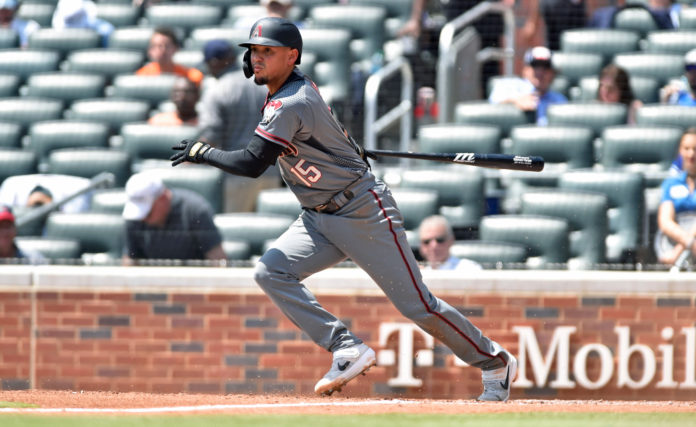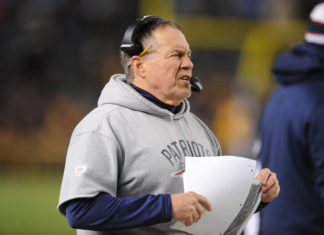
The ongoing COVID-19 outbreak has forced nearly all of the world’s sporting leagues to be put on hold as governments and societies at large attempt to slow the spread of this global health pandemic.
Major League Baseball, whose Opening Day was scheduled for March 26th, was forced to postpone the beginning of its season after calling off all activities in mid-March.
In recent days, an audacious and unprecedented idea has been proposed by forces inside the league. This plan would have all thirty teams congregate in Arizona, undergo a “mini Spring Training,” and then switch to regular season action at the eleven baseball parks in the Phoenix metro area.
Despite the temptation to return to baseball as soon as possible, this plan presents a number of problems. From the brutal Arizona summer heat to logistical problems to the health risks associated with gathering so many athletes in one place, MLB’s Arizona plan is flawed and simply would not be a good plan of action.
Arizona has long been a late winter and early spring refuge for many teams, as its warm and dry climate allows for a great place to get prepared for the season. Ten Spring Training parks are located near Phoenix, and the regular season home of the Diamondbacks, Chase Field, would presumably be the parks where games would be held in this scenario.
However, this plan ignores one key problem: while late winter and early spring weather is nice, once the calendar turns to June, all bets are off. Average summer highs in Arizona regularly top 100 degrees, and only Chase Field features a roof and an air conditioning system. This brutal heat, which often persists into the night, would be a real health risk for players and umpires.
Even if the league planned to hold the games late at night in order to avoid brutal heat, the three-hour time difference between Arizona and the East Coast of the United States, where many teams are based, would make it exceedingly difficult for fans to follow the games on television.
In addition, with eleven parks only being enough for eleven games to be held simultaneously, it would be extremely difficult to maintain a normal competition rhythm in a sport in which teams are used to playing nearly every day.
Finally, let’s not ignore the real and persistent risk that the coronavirus still poses in the United States. Maricopa County, Arizona, where all eleven parks are hosted, currently has over 1,500 active cases of the virus. How could Major League Baseball expect to keep its players safe here in just a month’s time? Gathering so many athletes in such a small area, relatively speaking, could lead to an outbreak and potentially disastrous outcomes.
While temptation might lead us to want our sports to be back as soon as possible, the Arizona proposal suggested by Major League Baseball is simply not how the game should return.









